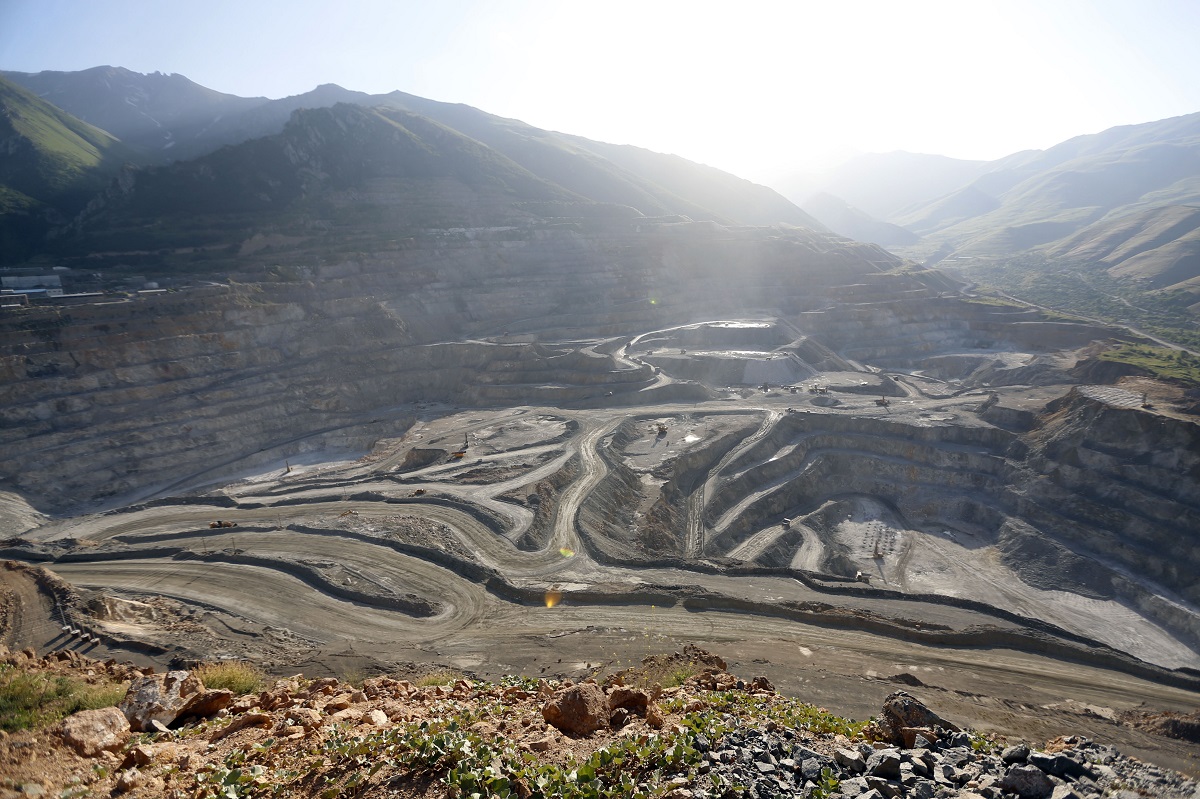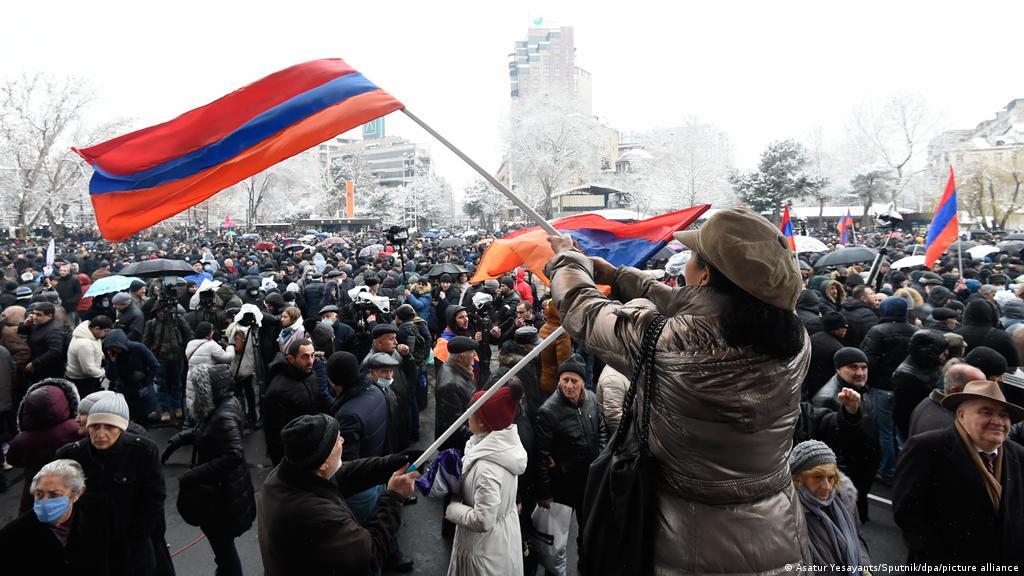Gas price increase - a blow to Armenia's weakened economy
Since April 1, the price of gas in Armenia has risen by an average of 4․1%, by the minimum for socially disadvantaged residents of the country, and the maximum for businesses. The Public Services Regulatory Commission granted the request of Gazprom Armenia to revise gas tariffs. This company is a 100% subsidiary of the Russian Gazprom.
Earlier, following the results of the Armenian-Russian negotiations, an agreement was reached on “applying a mechanism for adjusting the price of gas according to calorific value (calorific value)”. In recent years, the Russia has supplied gas to Armenia in the amount of 8,300 kilocalories, which is 400 kilocalories more than the norm fixed in the bilateral agreement. But now it will be necessary to pay more for better quality gas.
Meanwhile, tariffs for electricity and water have already increased in 2022. And the increase in the gas tariff will, according to economists, lead to an increase in the prices of goods.
- How can anti-Russian sanctions affect Armenia?
- Armenian PM: “Baku’s actions prove Azerbaijan is responsible for blowing up gas pipe in Karabakh”
- Double-digit inflation instead of double-digit economic growth: Armenia’s economy in 2021
Different tariffs for different consumer groups
“We have such a situation that, according to the agreement signed back in 2013, there was a calculation formula, the implementation of which begins in 2022. According to this formula, the price of gas at the border should be calculated based on the calorie content”, Deputy Prime Minister Mher Grigoryan said at the beginning of the year.
Gazprom Armenia initially planned a 6% increase in gas prices in Armenia at a single tariff of 135.6 drams (about 30 cents) per cubic meter of natural gas of 8,500 kilocalories.
Following discussions with the government, the Public Utilities Regulatory Commission decided to establish differentiated tariffs for different consumer groups. For vulnerable segments of the population, the current tariff of 100 drams (21 cents) will remain valid, for everyone else it will increase. The remaining consumers will pay 143.7 drams, which is 4.7 drams more than what they paid before. For enterprises that use large volumes (more than 10,000 cubic meters per month), the tariff increases by 3.9%, for greenhouses – by up to 4.5%.
Gazprom Armenia applied for an increase in the gas tariff in 2020 as well. Then, the commission decided to leave tariffs for the population unchanged, raising prices only for businesses that consume more than 10,000 cubic meters of gas per month.
2022 – the year of price increases
Since February 1, the tariff for electricity has risen in price. The growth amounted to 4.7 drams per kWh on average, a differentiated approach is also applied here for different consumer groups.
As the reason for the increase in tariffs, Armenia’s failure to fulfill its obligations to the Russian side is indicated. This refers to the return of a loan of $ 270 million taken to modernize the Armenian nuclear power plant, as well as unfulfilled obligations to the Russian Gazprom company.
Under an agreement signed in 2013, Armenia committed to ensure the return and profitability of investments invested in the 5th power unit of the Hrazdan TPP, owned by Gazprom. But this did not happen, and the credit burden also increased. Now, starting from February 1, Armenia will have to pay Gazprom about $32 million a year for the next ten years.
Since January 1, 2022, drinking water has also risen in price. Instead of 180 drams (37 cents) per cubic meter, consumers pay 20 drams more – 200.47 drams (41 cents). The tariff remained unchanged only for socially unsecured families.
Expert commentary
According to economist Suren Parsyan, several companies measure the calorific value of gas in Armenia, including Gazprom Armenia itself, the Yerevan and Hrazdan thermal power plants, and the Ararat cement plant. This list also includes several private companies “interested in obtaining real indicators”.
The expert says that last year there were months when the calorific value of gas from Russia reached 9,000. It is possible that this year the average indicator (8500 kcal) will be exceeded.
However, according to the economist, people will use the same amount of gas, but will pay more.
“Obviously, the calculation of the calorie coefficient was introduced solely to increase prices. That is, they show society that they did not increase the price of gas, but actually increased it by introducing a calorie coefficient. The population will use the same amount of gas, but will pay more”, Parsyan told JAMnews.
He believes that the increase in tariffs for water, electricity and gas will also lead to an increase in the prices of goods and will significantly affect the standard of living of people:
“In the past and this year, people’s incomes have not grown much, moreover, last year’s inflation was so high that it simply devoured all their incomes. This year we will also have rather high inflation due to the increase in utility tariffs”.
According to the expert, the business will also suffer losses․ For the second time in the last three years, the price of gas for enterprises has increased. As a result, he says, businesses will become less competitive:
“Within the framework of the Eurasian Economic Union [it operates under the auspices of Russia, Armenia is its member – JAMnews], the gas tariff is now lower only in comparison with Kyrgyzstan. Other countries [the union also includes Belarus and Kazakhstan] have an incomparably competitive gas tariff, which allows them to produce cheaper goods. And our producers will simply be forced out of the market”.
In conclusion, Suren Parsyan added that amid the ongoing Russian-Ukrainian conflict, serious upheavals are already taking place in Armenia:
“And the increase in the gas tariff will deal a serious blow to an already weakened economy”.





















